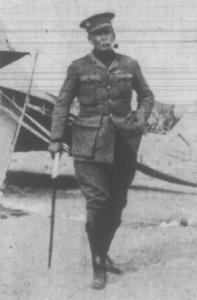As casualties lists from the Gallipoli Campaign became known in Australia from early May 1915, it became a practice to publish a photograph of individuals. These photographs were supplied by the families of the person on the casualty list. There were few photographs published in relation to the number of casualties listed. To give the extent of the human tragedy that unfolded, the photographs were extracted from the various newspapers and placed in this album. Each photograph is clearly identified to an individual and brief details are given as a short biography.
For a comprehensive listing of photographs in the album, see:
Gallipoli Album, May 1915, Contents
Finding service information.
Navigating the National Archives Service File
Should any further details be sought, see Australian Light Horse Studies Centre
Lest We Forget
From Bean, THE STORY OF ANZAC, p. 134
Colonel Owen, of the 3rd, was a father to his men, a commander with the most gentle consideration, who persisted in treating every man as a gentleman in spite of disappointments from the occasional black sheep. “Because there are one or two black sheep in the regiment, I’m not going to treat nine hundred men as if they were blackguards,” he said. Each one of these leaders had by the end of the training at Mena produced a battalion corresponding in its qualities to his own.
Lieutenant Colonel Robert Haylock OWEN, a 52 year old Gentleman from Wollongong, New South Wales. He enlisted in the AIF on 20 August 1914 and was allotted to the 3rd Battalion, Headquarters which embarked from Sydney, New South Wales, on board HMAT A14 Euripides on 20 October 1914. OWEN subsequently was Wounded in Action, 22 June 1915. During the Great War, OWEN Returned to Australia 8 October 1915. OWEN was awarded Commander of the Order of St Michael & St George - CMG, and Mentioned in Despatches.
Sydney Mail, 26 May 1915, p. 29.










